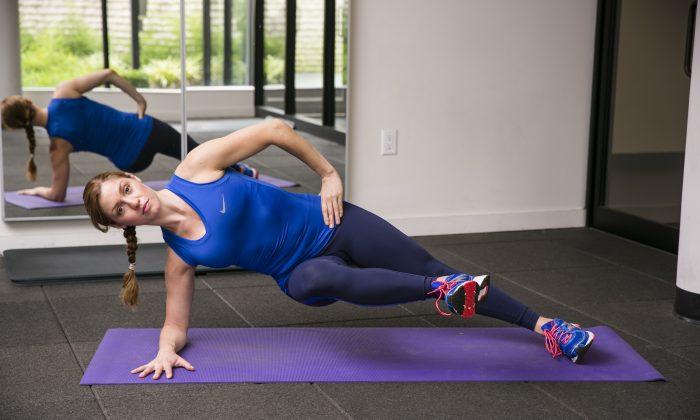Fall is sweeping in fast, and suddenly I find myself feeling a bit sad. The summer is over, my kids are getting older fast, and … Wait, why is that Dove commercial making me cry?
It turns out fall is the season associated with grief, according to Chinese medicine, as well as the season of the lungs.
Everything is interconnected. Even when an organ system is a little out of balance, you will feel it. According to ancient Chinese science, every organ has an associated emotion. For lungs, it’s the emotion of grief, which affects the health of the lungs.
So now that fall winds are sweeping summer away, cleaning up the air with a fresh cool breeze and getting the earth ready for winter, you too can prepare your body. You can clean up your lungs, keeping them healthy and strong by incorporating a deep breathing routine into your life.
Deep Breathing
When you breathe deeply, you’ll inevitably bring yourself out of a stress state and into a calm state. To breathe deeply, it is important to use your diaphragm to draw in your breath.Many people can breathe deeply into their chest, but they are missing out on the calming effects breathing can have when they breathe into their belly and pelvis.
Not only will you be able to strengthen your belly-flattening muscles when you get belly breathing down, but you will also improve hip stability and bring your body into a deep state of calm—deeper than you may have ever experienced.
Belly breathing can be difficult to experience if you haven’t practiced it before. Some people find it while standing, others while lying on their back, and some can’t find it unless they are kneeling on their hands and knees. Choose a position to start exploring your belly breath.
As you inhale, expand your belly out as if it were a balloon puffing up with air. Try to leave your chest muscles out of it. Think of breathing all the way down into the bottom of your pelvis.
As you exhale, squeeze the air out of you as though you were squeezing toothpaste out of a tube. Exhale until all the air is pushed out of your body. At the end of the exhalation, you should feel a tightening of the muscles in your abdomen.
Once you find this breath, try these belly-breathing exercises:
Inhale and expand your belly toward the floor, activating your diaphragm. Hold your breath and draw your navel to your spine, pushing all your organs out of the way, activating your transverse abdominis.
Lift your pelvic floor by using the muscles that can stop the flow of urine.
Exhale forcefully as you continue to draw your navel in without rounding your back. Repeat 6 to 10 times.








Friends Read Free